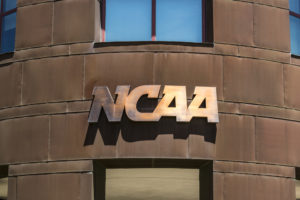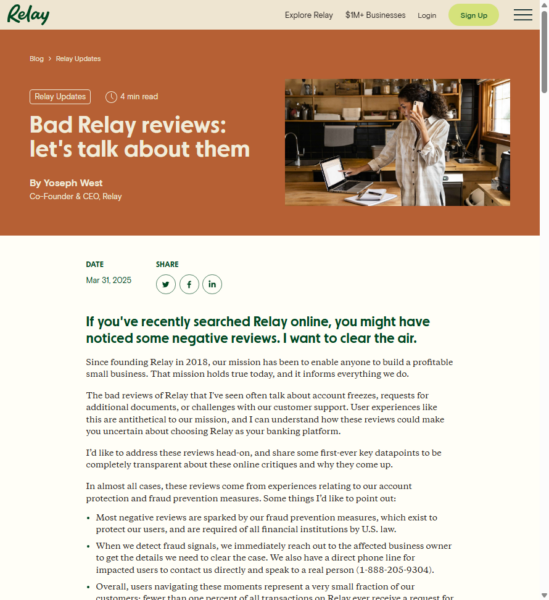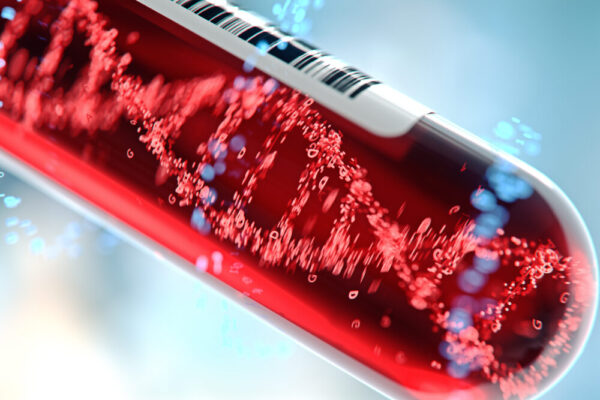As the investigation proceeds into problems with Boeing’s 787 Dreamliner jet airplanes, it is apparent that the lithium-ion batteries used in the aircrafts “experienced multiple problems that raised questions about their reliability” prior to the fire in one plane and emergency landing by another of its Dreamliners. A New York Times article of January 29, 2013, stated that All Nippon Airways, with its large Dreamliner fleet, had replaced 10 batteries before a fire occurred in one plane and smoke in another during flight which forced global aviation agencies to ground Dreamliner jets throughout the world.
The National Transportation Safety Board (NTSB) learned from Boeing about the battery replacements. All Nippon had not been required to report them to the NTSB as the replacements of the batteries caused no flights to be grounded or canceled. In half the battery replacements, the main battery indicated a surprisingly low charge, and, according to The New York Times article, the drop in the 787’s main battery charge was consistent with the event which occurred in the Dreamliner that was forced to make a January 16 emergency landing in Japan.
In addition, All Nippon indicated that at least three Dreamliner lithium-ion batteries had not started normally and that they and their chargers had to be replaced. The battery and charger replacements occurred between May and December of 2012, and the malfunctioning batteries were sent to All Nippon’s maintenance department for service, not to GS Yuasa, the battery manufacturer as originally reported (The New York Times, 1/31/13). Federal regulators continue their investigation into the manufacturing process to learn whether there may have been undetected flaws in the batteries. The manufacturer had X-ray the lithium-ion batteries to examine them for defects, prior to shipping.
Although Boeing is currently sticking by its use of lithium-ion batteries since they are smaller, more powerful and lighter than traditional batteries—and helped to achieve Boeing’s goal of producing a lighter, hence more fuel-efficient, airplane—the Company may be forced to return to traditional battery designs to restore consumer confidence in its aircrafts.










Comments for this article are closed.